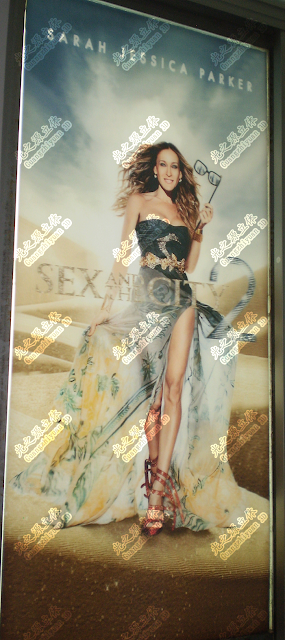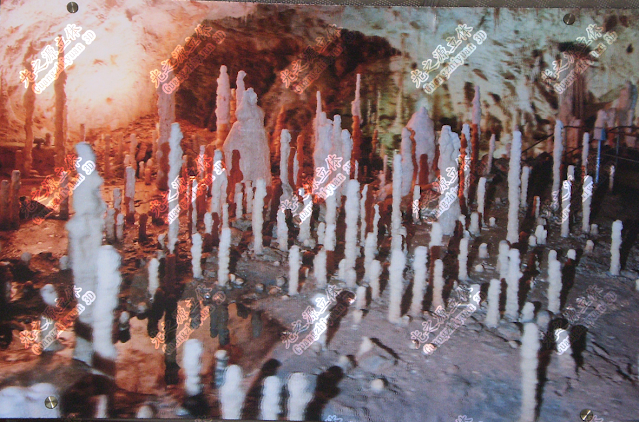Get Visual Depth with Soft Lenticular Printing

A printed surface is covered with stiff lenses in soft lenticular sticker , which creates an illusion of depth when seen from different directions. However, this strategy has several drawbacks, particularly in terms of flexibility and robustness. These limitations are removed by soft lenticular printing, which uses a new generation of flexible lenticulars. Soft lenticular printing's effectiveness: A notable development in the world of visual communication is soft lenticular printing. This technique makes a wide range of artistic possibilities possible by utilizing flexible lenses. The following are some salient benefits and traits of soft lenticular printing: Enhanced Flexibility : Soft lenticular lenses may be readily incorporated into a variety of surfaces and materials, including paper, plastics, textiles, and more, in contrast to rigid lenses. Soft lenticular printing enables the development of fascinating visual effects, such as depth, motion, a...












